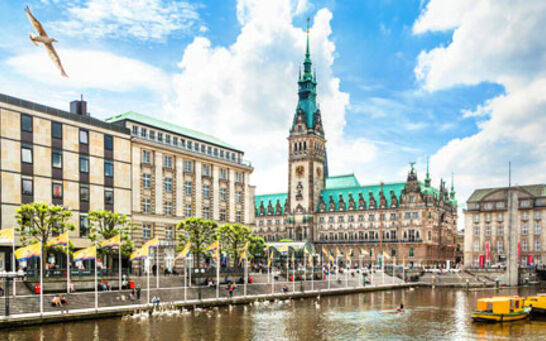Central banks 2023: second-highest gold purchases of all time
News Arnulf Hinkel, Financial Journalist – 14.02.2024

Only 2022 proved to be even higher, with an unprecedented increase in global gold reserves of 1,082 tonnes, albeit only marginally: in December 2023, gold purchases by central banks totalled 1,037 tonnes. In comparison, global gold reserve purchases in 2010 did not even reach the 80 tonne mark. Over the last 14 years, all of which have seen net gold purchases, gold reserves have grown by 7,800 tonnes – over 2,100 tonnes since 2022 alone.
Significance of gold reserves through the ages
With the introduction of the gold standard in 1870, all nations intending to participate in the new monetary regime had to purchase gold on a large scale to hedge their national currencies. This was the only way the new system of fixed exchange rates could function among the participating states. However, the pure gold standard was abandoned due to its lack of flexibility, as was the much less rigid Bretton Woods system introduced after the Second World War. Gold reserves have since been used by central banks primarily to hedge against currency fluctuations in the US dollar and as a reserve in times of crisis. However, there is another motivation for building up gold reserves.
Striving for independence from the US lead currency
It is no coincidence that in 2023, the Chinese central bank undertook the highest gold purchases at 215 tonnes. Like many other nations, mostly emerging markets, China’s goal is to decrease its dependence on the most important reserve and global lead currency, the US dollar. In 2022, Turkey was the largest buyer of gold with 147 tonnes, and in 2021 it was Thailand with 90.2 tonnes. And at 41.7 tonnes, the Indian central bank conducted the most extensive increase of gold reserves worldwide in 2020. The proportion of gold reserves in central banks’ total foreign currency reserves varies from country to country. China, for example, holds the seventh-largest gold reserves globally, at around 2,200 tonnes, but these account for only 4 per cent of the country’s total foreign currency reserves.




